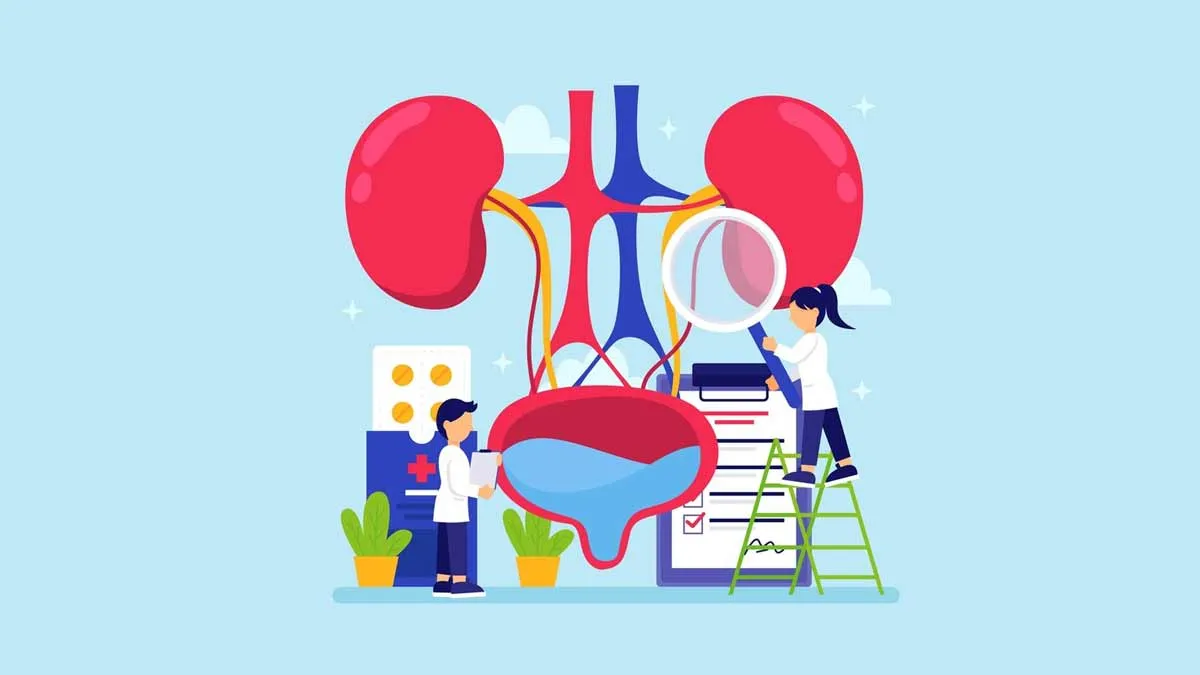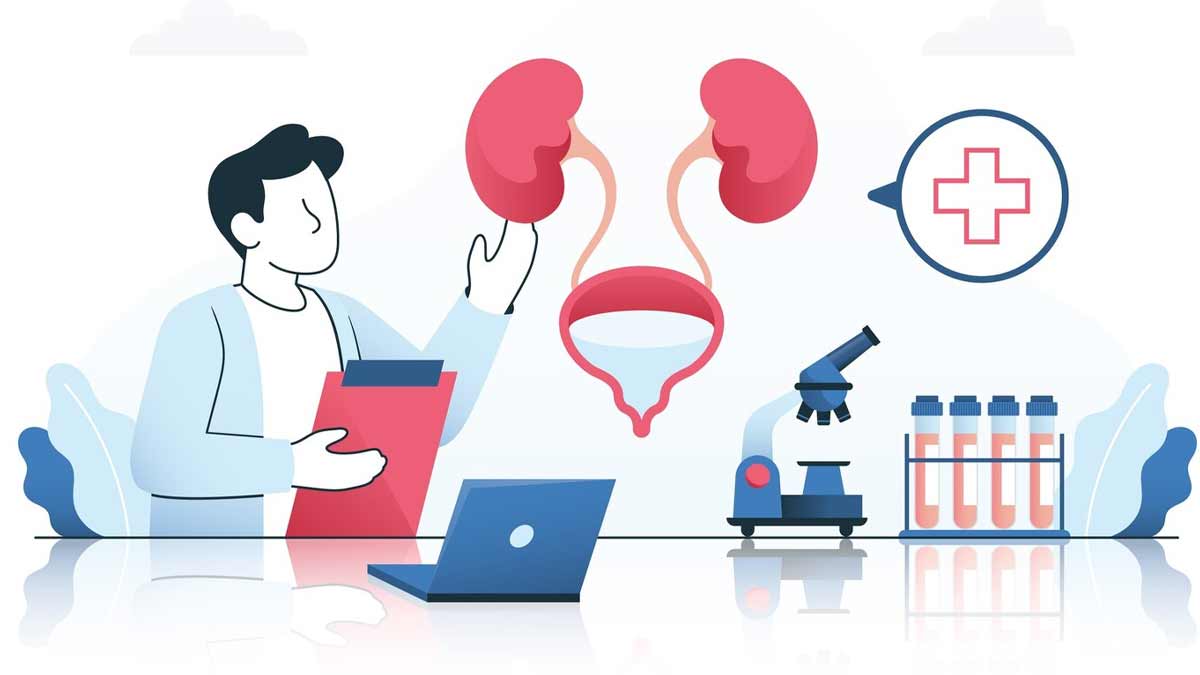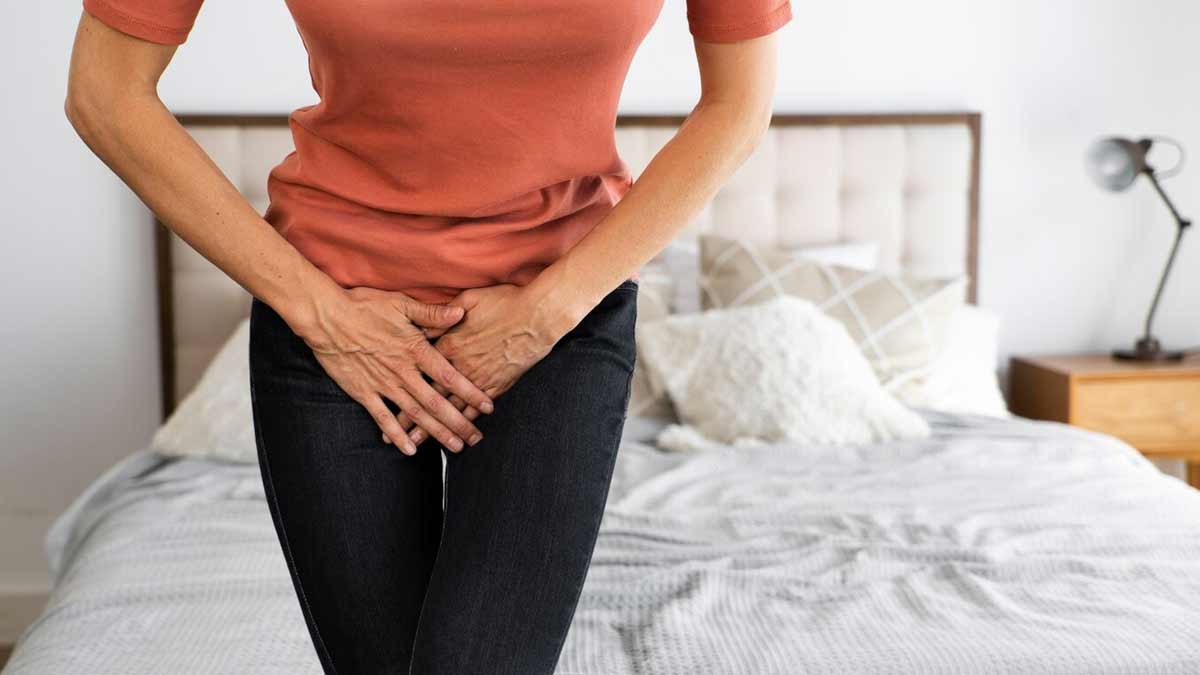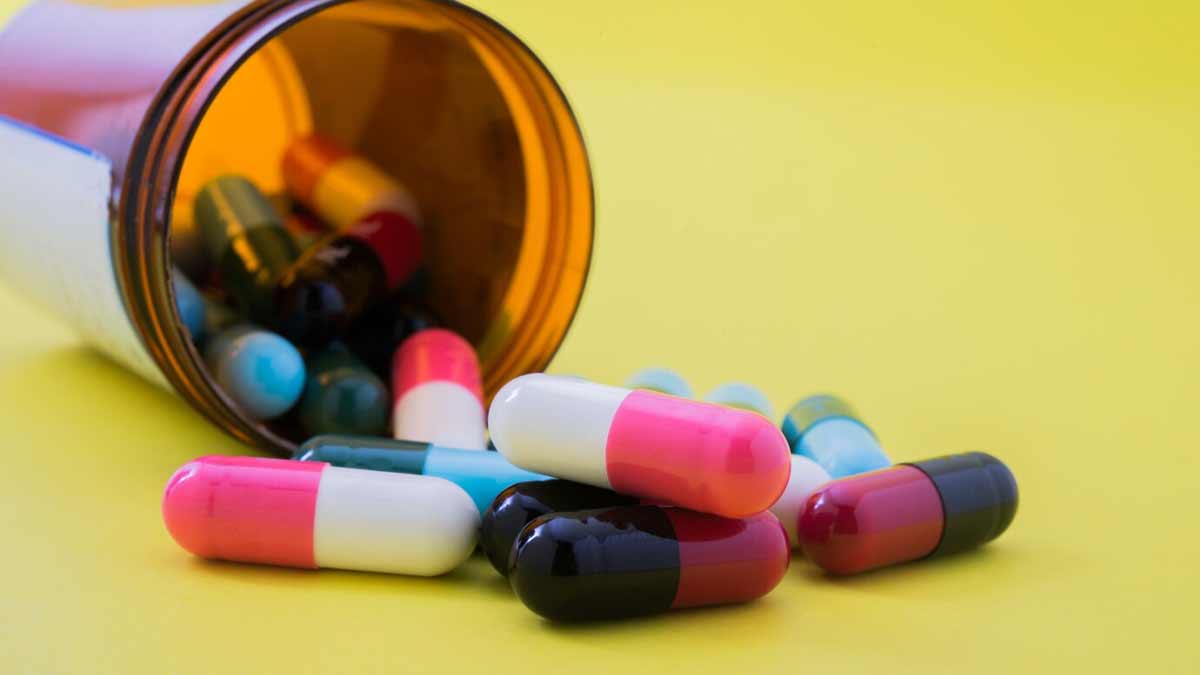
Dealing with urinary problems can be both frustrating and concerning, especially when they start interfering with your daily life. If you’ve noticed frequent urination, trouble starting, or a weak urine stream, it might be more than just a minor inconvenience. These could be signs of a trabeculated bladder, a condition where the bladder’s walls thicken and become irregular due to long-term strain. But what does it mean for your health, and how can it be treated?
Table of Content:-
We spoke to our experts Dr Soumyan Dey, Consultant, Urology and Urooncology, Kokilaben Dhirubhai Ambani Hospital Navi Mumbai, and Dr Mohammed Shahid Ali, Consultant - Urology, Andrology, Robotic Surgery and Renal Transplantation, Manipal Hospital Old Airport Road, who explained the causes, symptoms, and treatment options for this condition to help you better understand and manage your bladder health.
What Is A Trabeculated Bladder?

"A trabeculated bladder is an abnormal finding which indicates various abnormalities of the genitourinary (urogenital) system. It refers to thickened, irregular muscle fibres in the bladder wall, leading to an irregular contour," said Dr Ali.
“This means that the bladder has been pushing out urine against an obstruction to the urine for a significant amount of time, often because an underlying condition has caused chronically obstructed urine drainage. This is called BOO or bladder outflow obstruction,” said Dr Dey.
A trabeculated bladder often results from long-standing bladder outlet obstruction, chronic inflammation, or neurogenic factors. It is postulated that a change or replacement in the collagen type in the bladder muscle is responsible for the development of trabeculations.
Also Read: How To Manage Bladder Pain In Women: Understanding Underlying Causes
Causes Of Trabeculated Bladder
Many factors play a role in the development of a trabeculated bladder. Here are some of the common causes as listed by the experts:

- Chronic Obstruction: Conditions like Benign Prostatic Hyperplasia (BPH) (enlarged prostate), urethral strictures, or bladder neck dysfunction.
- Neurological Disorders: Capital nerves when affected can cause this change in the bladder morphology, owing to abnormal bladder contractions.
- Chronic Infection or Inflammation: Recurrent urinary tract infections or interstitial cystitis can contribute.
- Bladder Stones: These can irritate and lead to muscle hypertrophy.
In children, neglected cases of spina bifida, and posterior urethral valves can lead to the development of trabeculated bladders.
Symptoms of Trabeculated Bladder
Patients with a trabeculated bladder usually have:

- Frequent urination: A voiding need, particularly at nighttime (nocturia).
- Trouble starting urine stream: Difficulty in initiating urination or maintaining a urine stream.
- Feeling of incomplete bladder emptying: A sense that the bladder has not completely emptied after voiding.
- Decreased urine stream: Less outflow due to obstructive pressure.
- Pain or discomfort: Possible pain in the pelvic and lower abdominal area.
According to a 2005 study, bladder trabeculation, typically identified using a cystoscope, occurs as a secondary effect of bladder outlet obstruction. It results from structural and tissue changes, including bladder muscle hypertrophy, hyperplasia, and connective tissue infiltration, as indicated in animal studies.
Also Read: Urologist Insights: How To Strengthen Bladder Control In Older Adults
Treatment for Trabeculated Bladder

“Addressing underlying causes is the first step of treatment for trabeculated bladders. As a clinician, we aim to treat the primary condition causing this problem. Sometimes, this is a permanent change even after treating the primary problem,” said Dr Ali.
Treatment focuses on resolving the cause of the blockage and relieving bladder function:
- Medications: Alpha-blockers or 5-alpha reductase inhibitors can help increase urine flow.
- Catheterisation: This is a temporary measure used to aid urine drainage when urine stops completely.
- Surgical interventions: HOLEP/TFLP/TURP for BPF
- Urethral dilatation/urethroplasty for stricture urethra
- Bladder training: Behavioral techniques can be taught to improve bladder function.
- Regular monitoring and follow-up: Helps prevent complications like urinary retention or infections.
“Early treatment can prevent complications, such as Urinary Tract Infections (UTIs), kidney injury or further damage to the bladder. With proper monitoring of the disease condition and the application of individualised treatment, life quality can be enhanced for the patients,” added Dr Dey.
[Disclaimer: This article contains information provided by an expert and is for informational purposes only. Hence, we advise you to consult your own professional if you are dealing with any health issues to avoid complications.]
Also watch this video
How we keep this article up to date:
We work with experts and keep a close eye on the latest in health and wellness. Whenever there is a new research or helpful information, we update our articles with accurate and useful advice.
Current Version